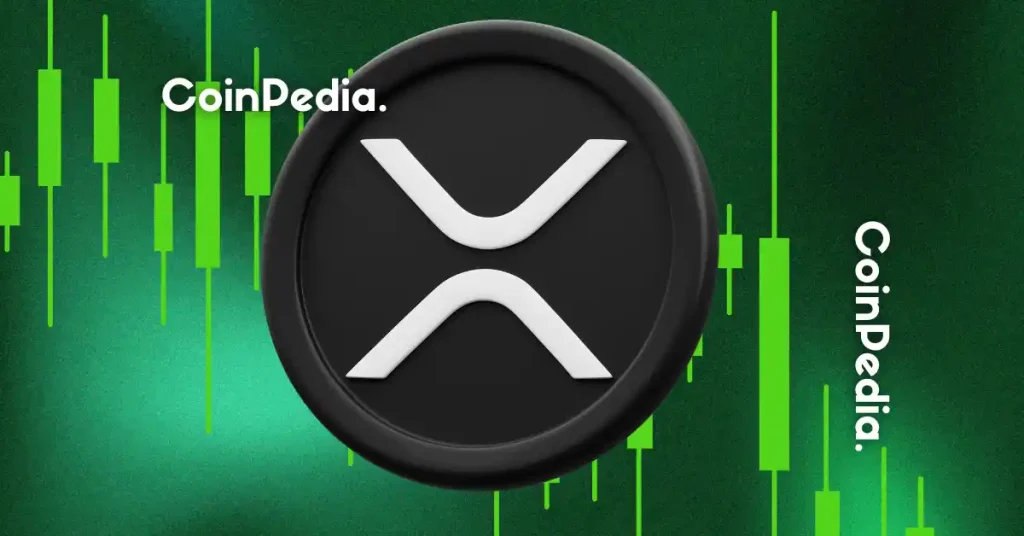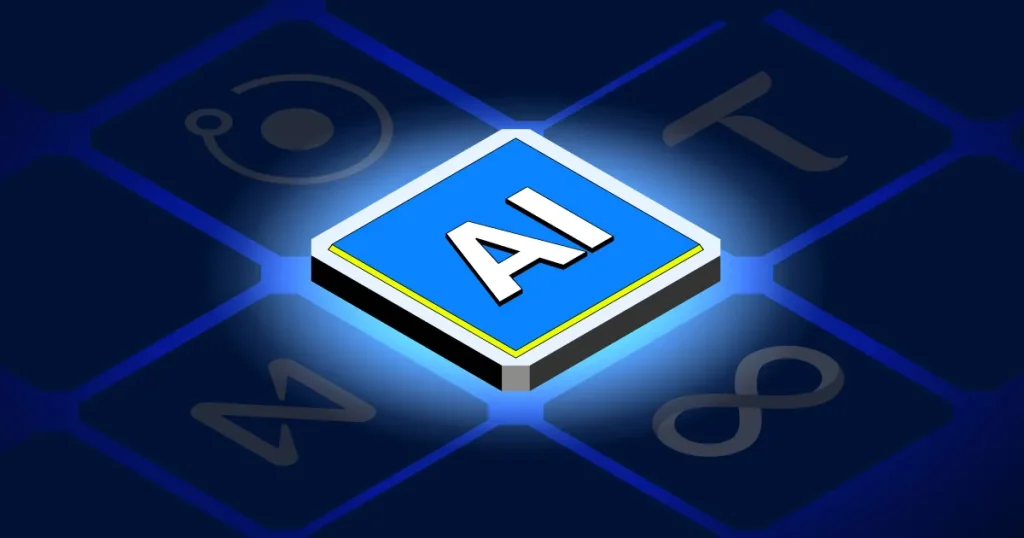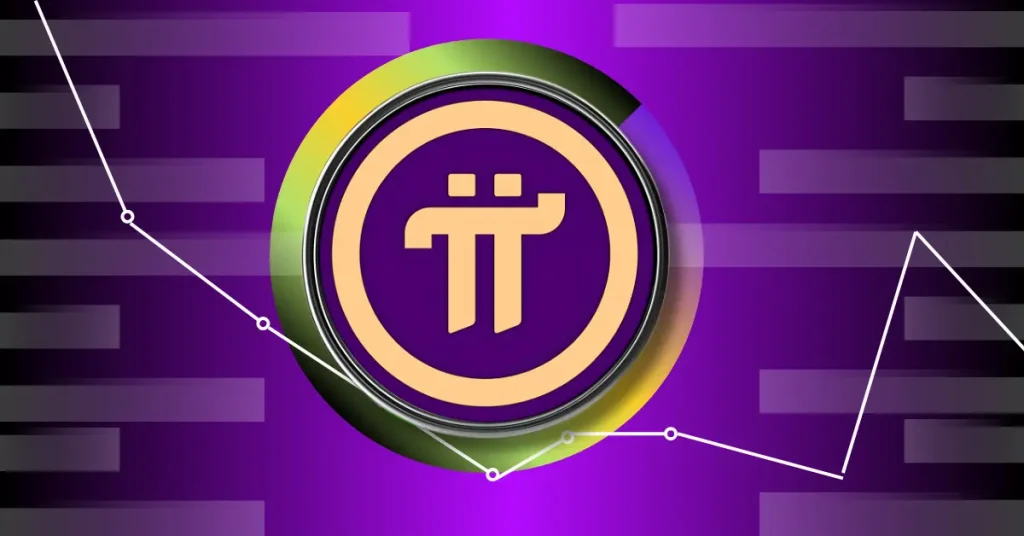Ripple Doesn’t Control XRP? John Deaton Says It’s Decentralized



The post Ripple Doesn’t Control XRP? John Deaton Says It’s Decentralized appeared first on Coinpedia Fintech News
As the United States moves forward with clearer cryptocurrency regulations , one of the most debated topics — Is XRP centralized? — is finally finding resolution. Many critics have long argued that Ripple’s control over a large portion of XRP supply makes it centralized. But recent legal outcomes and technical facts prove otherwise.
Why People Think XRP Is Centralized
The confusion largely stems from Ripple holding around 40% of the total XRP supply. This has led many to believe Ripple controls the network. But this is a misunderstanding of how XRP works.
On June 26, prominent crypto attorney John E. Deaton addressed this on X (formerly Twitter), stating:
“75K XRP holders from 143 countries around the globe is pretty darn decentralized to me. People often conflate the token of the network with the network itself.”
He clarified that owning a large number of tokens doesn’t equal controlling the protocol.
Ripple’s Legal Win Clarifies XRP’s Status
The debate around XRP’s centralization intensified due to the SEC lawsuit that began in 2020, accusing Ripple of selling XRP as an unregistered security. After nearly five years of legal proceedings, the case officially concluded on May 8, 2025 , with Ripple winning a favorable outcome and paying only a reduced penalty.
Importantly, the court confirmed that XRP is not a security when traded in secondary markets, reinforcing its status as a decentralized digital asset. This decision provided legal clarity and boosted investor confidence.
Why XRP Is Technically Decentralized
Beyond legal clarity and community ownership, several technical aspects of the XRP Ledger support its decentralized nature:
1. Independent Validators
-
The
XRP Ledger
runs on a consensus model with over
150 independent validators
.
-
Ripple controls only
one validator
, meaning it cannot force changes or manipulate the network.
2. No Centralized Mining
-
XRP doesn’t use
proof-of-work
like Bitcoin or Ethereum.
-
This avoids control by mining pools and ensures equal participation from validators.
3. 80% Consensus Required for Changes
-
Any update to the XRP Ledger must gain 80% validator approval for two consecutive weeks.
-
This strict requirement makes unilateral control by Ripple impossible.
Ripple CEO: Utility Over Ideology
Even Brad Garlinghouse, CEO of Ripple , recently argued that decentralization shouldn’t be the only benchmark. He emphasized that what matters is the utility, transparency, and security of the network — not just ideology.
While Ripple does hold a significant amount of XRP, it has no control over the XRP Ledger’s rules or validation process. That power lies with a diverse and global community.
Final Thought
The long-standing debate over XRP’s centralization is finally settling, thanks to facts, legal clarity, and growing global participation. With 75,000 XRP holders across 143 countries, over 150 validators, and a network that demands consensus for change, XRP is proving itself to be a decentralized asset at its core.Ripple may be the face of XRP, but it is not the hand behind the curtain.
[article_inside_subscriber_shortcode title=”Never Miss a Beat in the Crypto World!” description=”Stay ahead with breaking news, expert analysis, and real-time updates on the latest trends in Bitcoin, altcoins, DeFi, NFTs, and more.” category_name=”News” category_id=”6″]
XLM Crypto Price Eyes Breakout as Bullish On-Chain Signals Emerge
The post XLM Crypto Price Eyes Breakout as Bullish On-Chain Signals Emerge appeared first on Coinped...

Top 3 AI Crypto Coins to Watch in 2025, Research Analysis -Prediction
The post Top 3 AI Crypto Coins to Watch in 2025, Research Analysis -Prediction appeared first on Coi...

Pi Network Price Growth Driven by Real Demand, Says Analyst
The post Pi Network Price Growth Driven by Real Demand, Says Analyst appeared first on Coinpedia Fin...

